A typical Chinese meal will have two things - a carbohydrate or starch like noodles, rice or buns, and accompanying stir fries or dishes of veggies, fish and meat. They use a lot of fresh vegetables like mushroom, water chestnuts, bamboo and even tofu. In North China, wheat-based accompaniments like noodles and steamed buns dominate the table, in contrast to South China where rice is a favourite. The short-grain sticky rice, grown throughout Southern China, is absolutely irresistible.
Each dish focuses on creating a balance between three aspects - appearance, aroma, and taste. They pay a lot of attention to the aesthetic appearance of the food with diversified colours. Sauces and seasonings like fish sauce, five spice powder, oyster sauce, soy sauce, vinegar, root garlic, fresh ginger and others are used generously to offer a complex play of flavour and aroma.
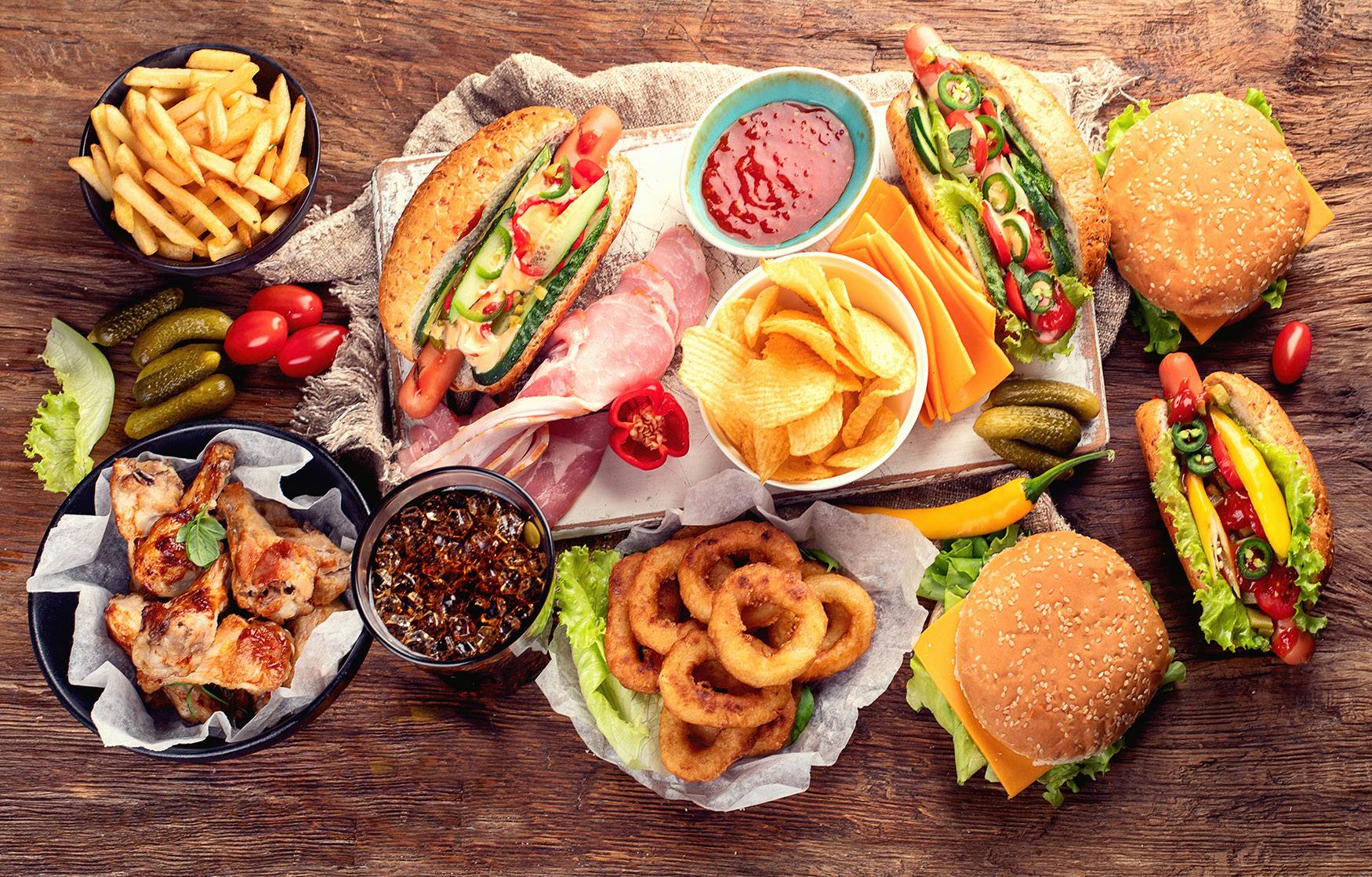
The first thing that comes to mind when you think of “American cuisine” are classics like burgers, fried chicken, hot dogs and pancakes. Like many things American, the cuisine also has influences from elsewhere – German, British, Italian, Dutch, French, and Caribbean are only some of the cultures that have contributed to the food that is now considered typically American.

The question of who exactly are the Arabs and what exactly is their cuisine is a question simpler to ask than answer. The Arab identity is a complex notion. Politically speaking, the "Arab world" connotes the 22 Arabic speaking nations of the Arab League. But if you go beyond this relatively new 19th century phenomenon of Arab nationalism, you will realise how multilayered the notion is. People from regions spread across Africa, the Mediterranean and West Asia may be bound by a common language and religion, but there are also indigenous ethnicities at play. And when it comes to food, this question of what exactly is Arab food becomes even more complicated.
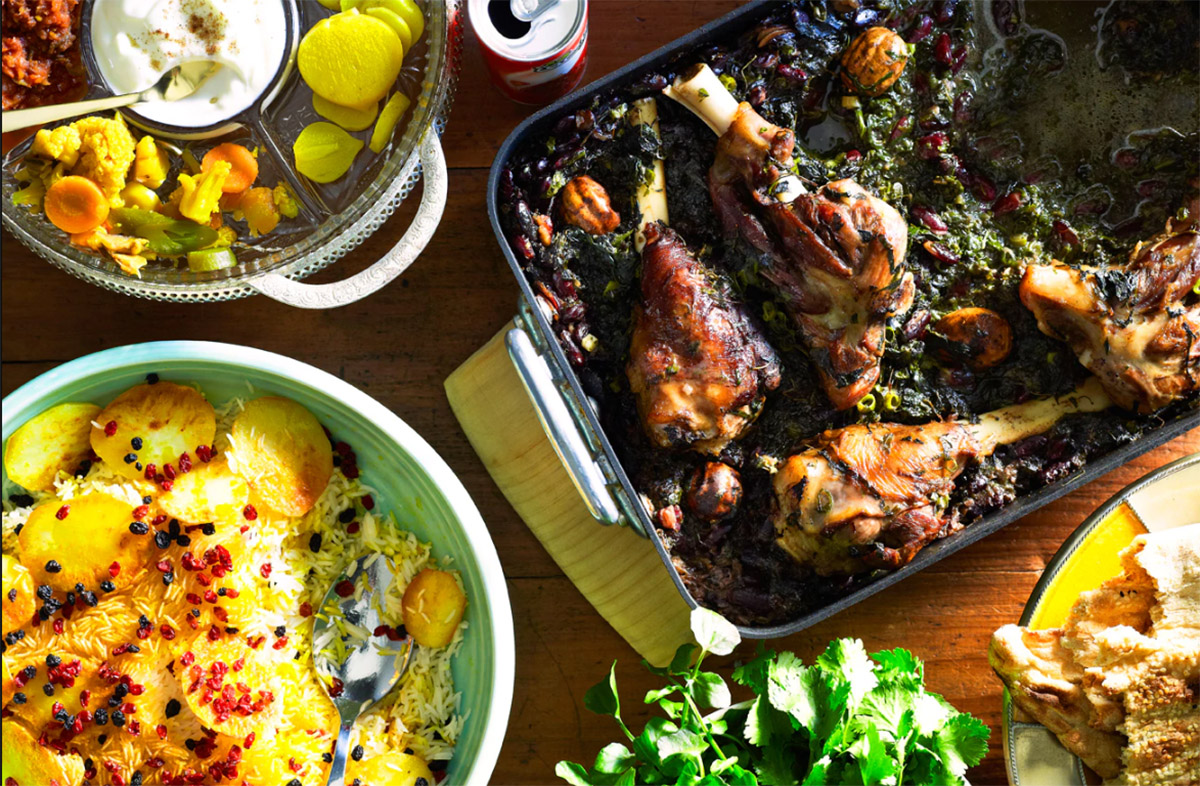
Iranian (Persian) food is one of the most delicious food that you can try in your life. If you are a food lover, actually it's impossible if you haven't heard about Qormeh Sabzi or Iranian Kebab or other delicious Iranian food. The truth is Persian food is famous between the travelers who visit Iran and sometimes it is the reason that many tourists travel to Iran.
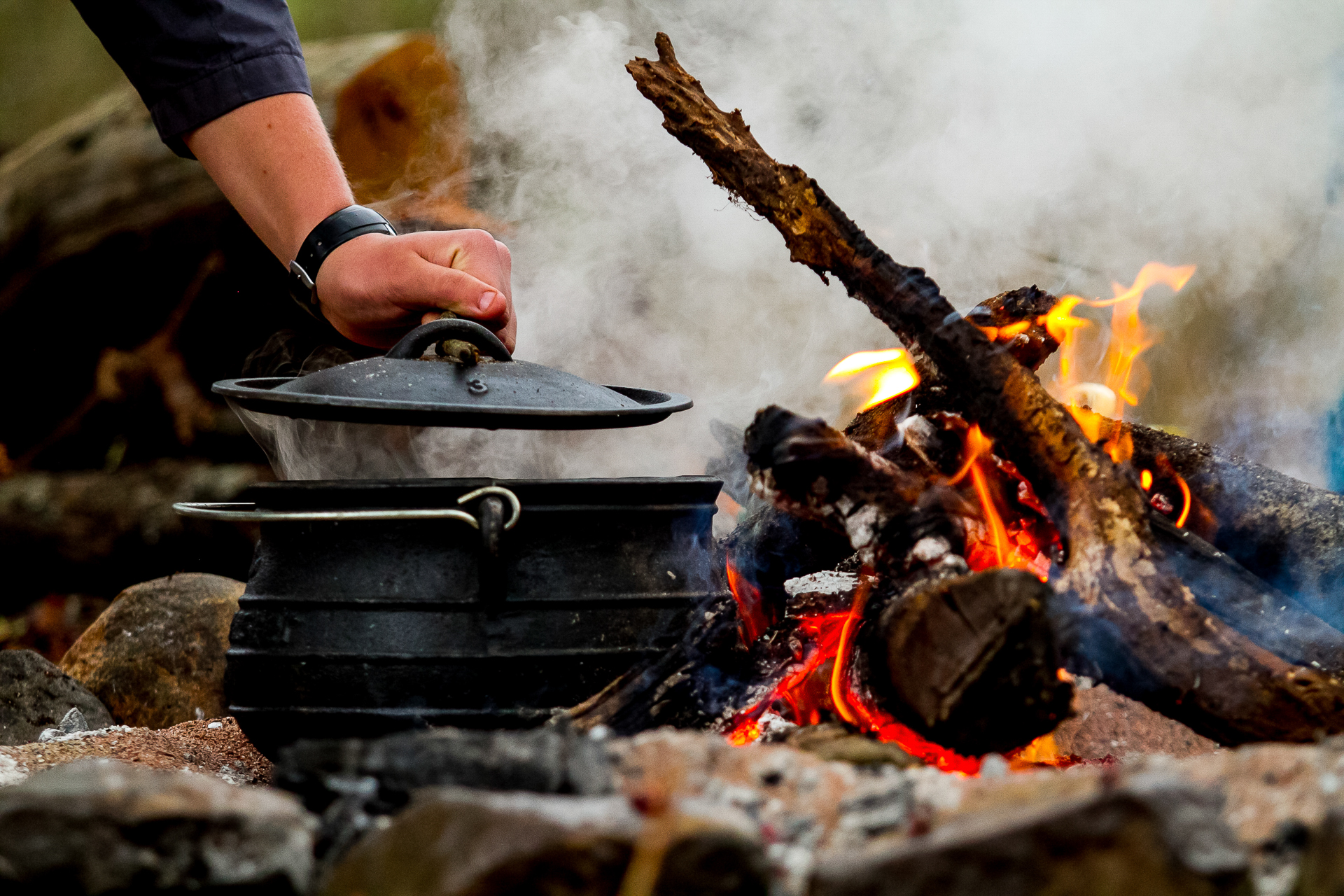
Whether you’re dreaming of eating your way around South Africa, or if you’re looking to create an amazing South African meal at home, you’re in luck! South African foods are tasty, steeped in the country’s complicated history, and a great way to experience the tensions and beauty of the country all on one plate.
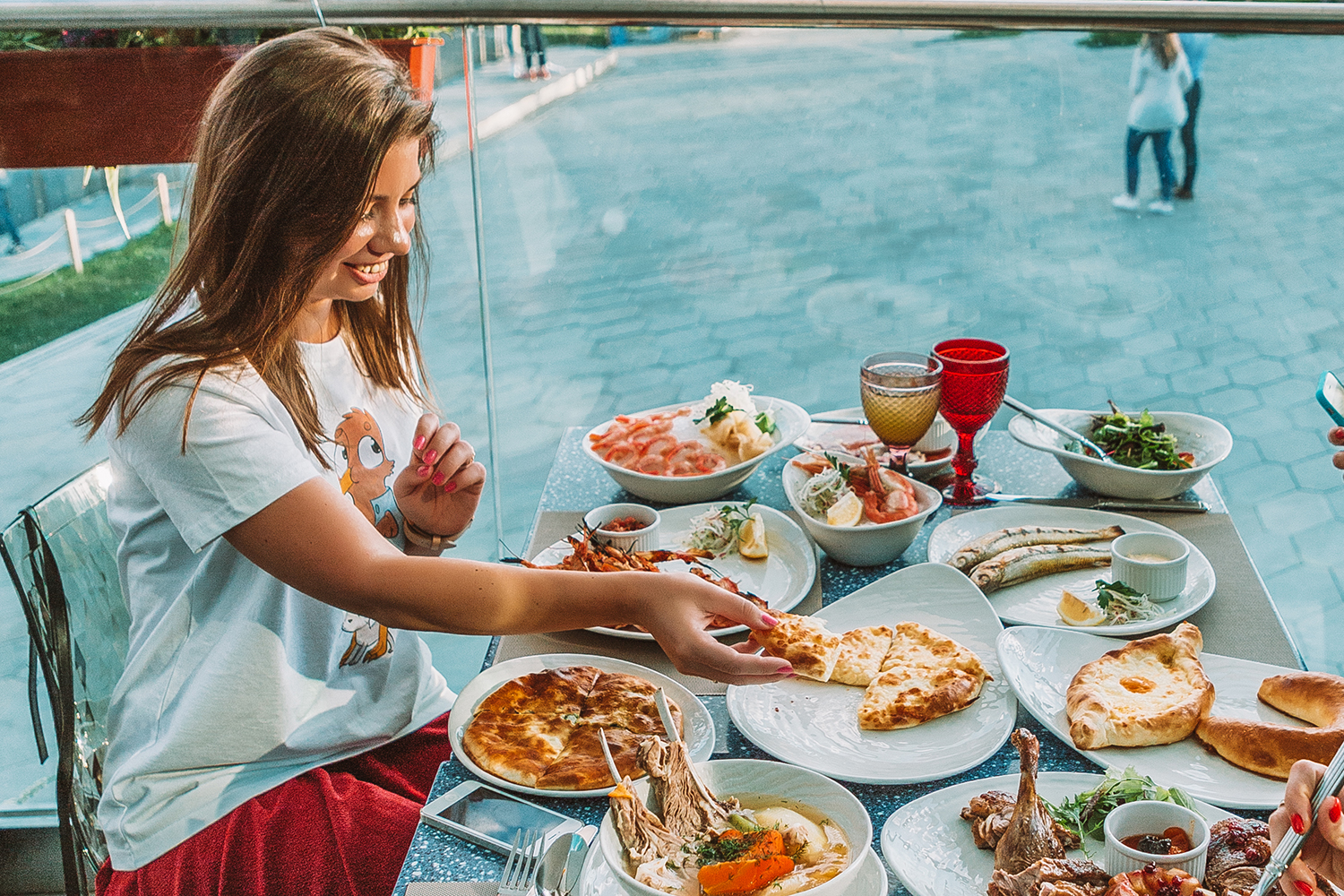
Russia may not be the first to come to mind when you think of a food destination, but the country has plenty of delicious traditional dishes to try. Visitors to Russia are often surprised at the variety and flavors of Russian cuisine, which is influenced by Russia's connection to Europe, Asia, and the Middle East. The most classic Russian recipes are made of veggies and wheat, such as soups, porridges, and stuffed dough.
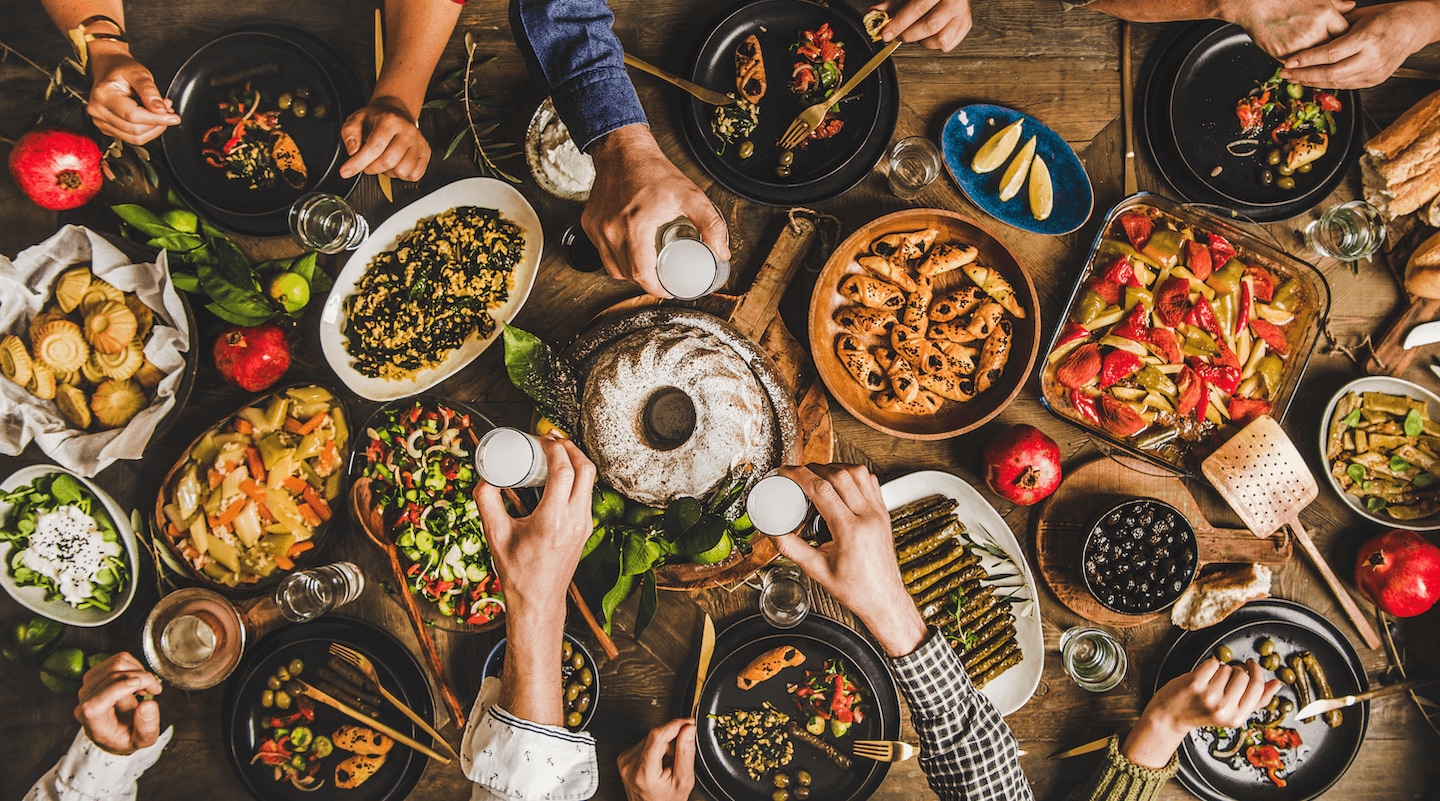
Amidst Istanbul’s tapestry of rich history, colorful architecture, vibrant night life, and warm, smiling locals is a cuisine that just as remarkably dynamic as its other treasures.
Turkish cuisine is known for its seemingly infinite breadth of flavor imparted by herbs and spices such as mint, parsley, cinnamon, cumin, garlic, and dill. What’s remarkable is that even with the wealth of flavors, the Turks are able to maintain a balance of tastes, never overpowering.